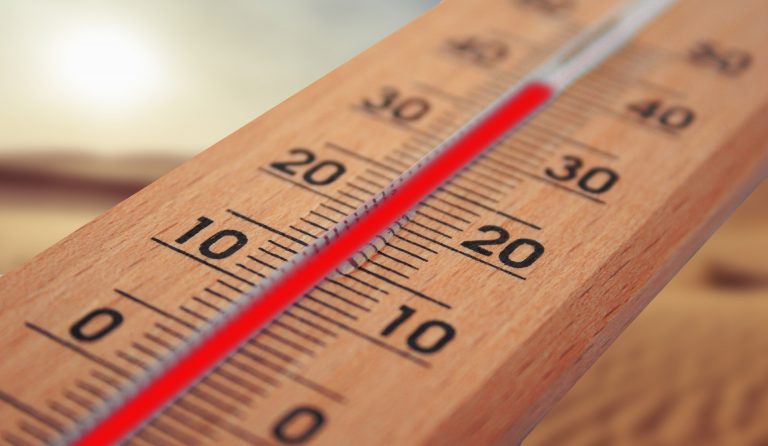With the summer season upon us, heat waves are something that many of us across B.C. and in other provinces are experiencing.
This year, in addition to the usual concerns related to extreme heat, we are also dealing with the COVID-19 pandemic situation. We know all of you are doing your best to continue to work hard in these challenging times, but we want to remind you that your health and safety must come first.
Most employers should have a high heat plan. Check with your manager or supervisor about your specific location’s heat plan to ensure that your health and safety is looked after. Your worksite Occupational Health & Safety (OH&S) Committee should also be examining the plan to be sure it is appropriate for the type of work done and the exposures you face.
This is also a good time for everyone to take note of who the first aid attendants are in your office. Heat exhaustion and heat stroke can happen to anyone. If you are a first aid attendant, please be extra vigilant right now. Keep your eyes out for your co-workers who may be vulnerable to heat-related illnesses. Make sure everyone in your office knows who you are and that they can and must come to you if they are feeling unwell from the heat or if they notice a co-worker who is showing signs of distress.
Your OH&S Committee can also provide you with information on how handle the heat when working from home, but common ways to keep cool include closing shades to keep out the sun, dressing appropriately for the temperature, unplugging unneeded devices that generate heat, as well as opening windows in the evenings to cool down your home office when the temperatures are lower.
Staying properly hydrated is also critical. Your body is using more water than you realize, so drink lots of water throughout the day. Don’t just wait until you are feeling thirsty. As much as possible, stay out of the heat or seek shade. If your work requires you to be outside, be sure to wear protective clothing and equipment, such as pop-up shelters. You don’t need to be a hero. Please take care of yourself!
Signs and symptoms of heat cramp and heat exhaustion:
- Muscular pain or spasms
- Excessive sweating
- Shallow respiration
- Increased respiratory rate
- Weak rapid pulse
- Cool, pale, clammy skin
- Weakness, fatigue, dizziness
- Headache and nausea
- Fainting
- Muscle cramps
If untreated, heat exhaustion can lead to heatstroke, which is a life-threatening condition. If you suspect heat exhaustion, take these steps immediately:
- Move the person out of the heat and into a shady or air-conditioned place.
- Lay the person down and elevate the legs and feet slightly.
- Remove tight or heavy clothing.
- Have the person drink cool water or other non-alcoholic beverage without caffeine.
- Cool the person by spraying or sponging with cool water and fanning.
- Monitor the person carefully.
Contact a doctor if signs or symptoms worsen or if they don’t improve within one hour.
Call 911 or your local emergency number if the person’s condition deteriorates, especially if they experience:
- Hot, dry, flushed skin with absence of sweating
- Agitation, confusion
- Decreased level of consciousness
- Nausea and vomiting
- Seizures
- Increased respiratory rate
- Irregular pulse rate
- Shock
- Cardiac arrest
For more information on working in the heat, visit WorkSafeBC’s website and HealthLinkBC’s website.



